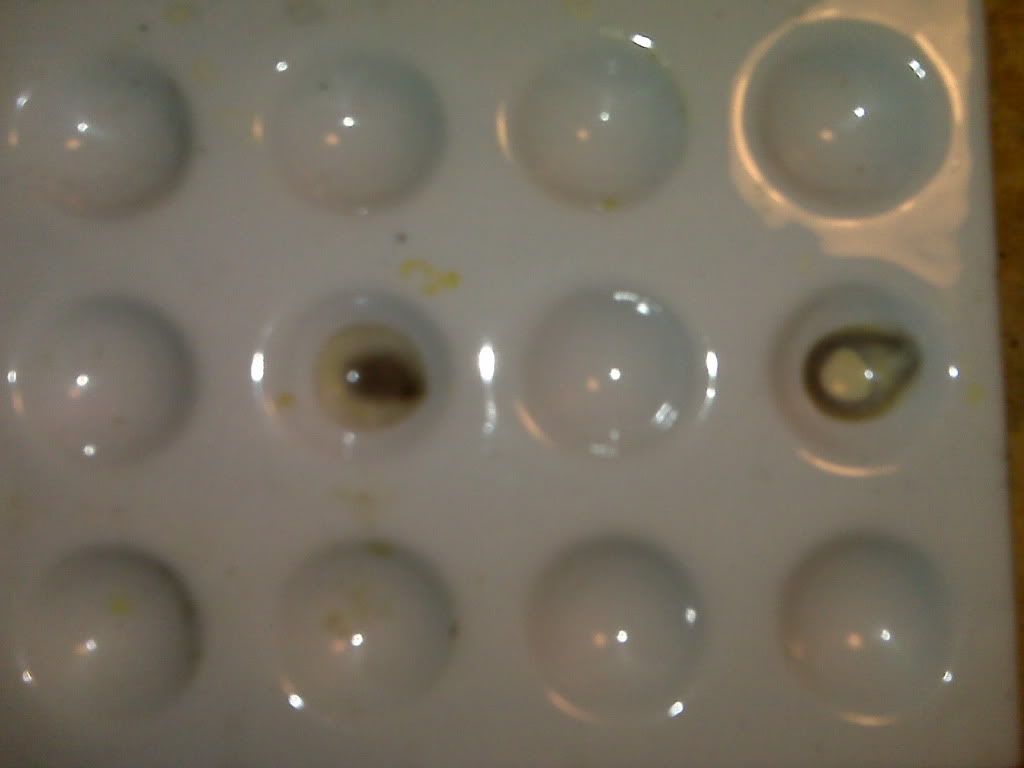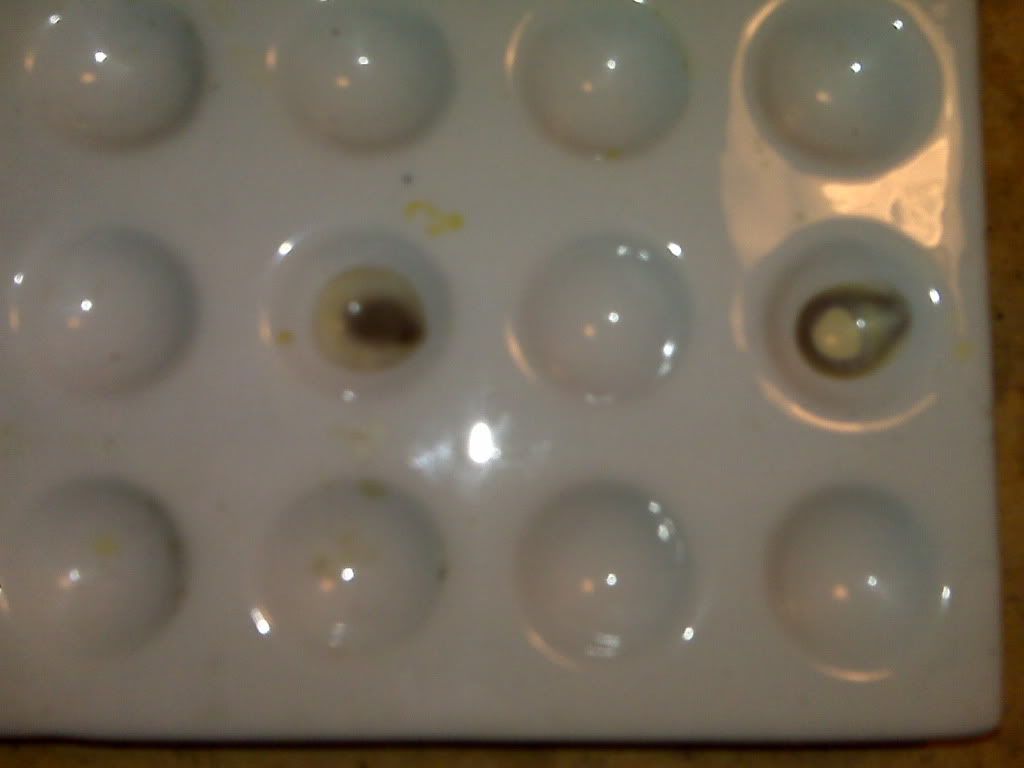I have about 30 gallons of solution in a drum from all of my adventures. (all hcl solutions no nitric in this stockpot)
I want to cement out any residual values.
I hung a 3 foot piece of 2 inch copper pipe in the solution last week.
The pipe is gone. Dissolved.
I am trying to understand the situation.
Question. Does the fact that the pipe fully dissolved mean that an equal amount of lower metals on the electromotive series have been pushed out of solution?
OR does it mean all lower metals were pushed out of solution and the pipe continues to dissolve even though all lower metals are pushed out.
OR does it mean that since it is fully dissolved, MORE copper needs to be added to push more metal out of solution.
Since the pipe was about 3 pounds I suspect that all lower metals are out and the pipe continues to dissolve anyway. If this is not the case I will be in for a good payday!
I am going to the shop to decant the solution, but I sure could use some guidance on this. ( I did review Hoke but I could not make it apply to this situation) Thanks Mike
I want to cement out any residual values.
I hung a 3 foot piece of 2 inch copper pipe in the solution last week.
The pipe is gone. Dissolved.
I am trying to understand the situation.
Question. Does the fact that the pipe fully dissolved mean that an equal amount of lower metals on the electromotive series have been pushed out of solution?
OR does it mean all lower metals were pushed out of solution and the pipe continues to dissolve even though all lower metals are pushed out.
OR does it mean that since it is fully dissolved, MORE copper needs to be added to push more metal out of solution.
Since the pipe was about 3 pounds I suspect that all lower metals are out and the pipe continues to dissolve anyway. If this is not the case I will be in for a good payday!
I am going to the shop to decant the solution, but I sure could use some guidance on this. ( I did review Hoke but I could not make it apply to this situation) Thanks Mike






